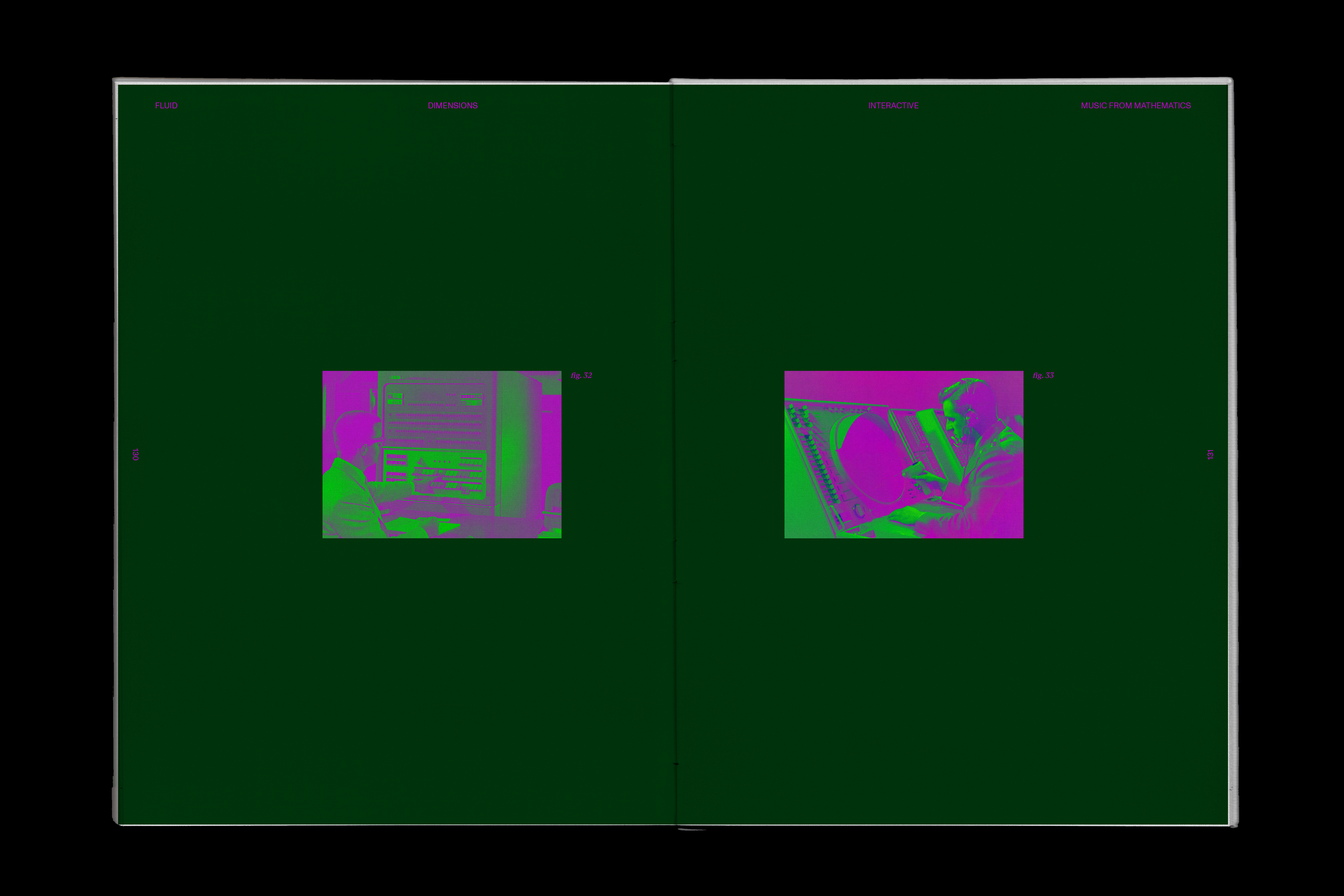
Fluid Dimensions
Thesis, Publication, Extensive Research, Generative Deisgn, VR Installation
Personal Project, 2023
Dimensions 7.5” * 10”
PageCount 304
Fluid Dimensions delved into eight dimensions of cyberspace across eight chapters: Identity, Textual, Physical, Interactive, Social, Sensory, Temporal, and Reality. In the posthuman era, the lines between humans, machines, and nature blur, making our digital identities integral extensions of our essence. We have already become cyborgs.
This book employs three methods to visualize dimensions: Firstly, it employs 3D typography to demonstrate cyberspace's fluidity through both renderings and physical forms on the bookcase. It incorporates 3D printing embossment on the bookcase alongside blind debossing on the book cover, enriching the presentation with depth. Secondly, it uses the hypercube shape to abstractly represent multidimensionality, the interlocking form serves as chapter dividers. Thirdly, the book adopts generative design for data visualization, graphically depicting social networks based on real data. Each dot symbolizes an individual, illustrating the complex interconnections among people.
This project encompasses extensive research and a vast array of information. By employing these three methods and using various media types, offers audiences a fresh perspective on the interplay between humans and machines in both physical and virtual realms.
This book employs three methods to visualize dimensions: Firstly, it employs 3D typography to demonstrate cyberspace's fluidity through both renderings and physical forms on the bookcase. It incorporates 3D printing embossment on the bookcase alongside blind debossing on the book cover, enriching the presentation with depth. Secondly, it uses the hypercube shape to abstractly represent multidimensionality, the interlocking form serves as chapter dividers. Thirdly, the book adopts generative design for data visualization, graphically depicting social networks based on real data. Each dot symbolizes an individual, illustrating the complex interconnections among people.
This project encompasses extensive research and a vast array of information. By employing these three methods and using various media types, offers audiences a fresh perspective on the interplay between humans and machines in both physical and virtual realms.
3D Printed Bookcase










Book Cover



Poster Series






Data Visualization
VR Immersive Installation
VR Immersive Installation
Generative Typography
Chapter Dividers









Interior Spreads























